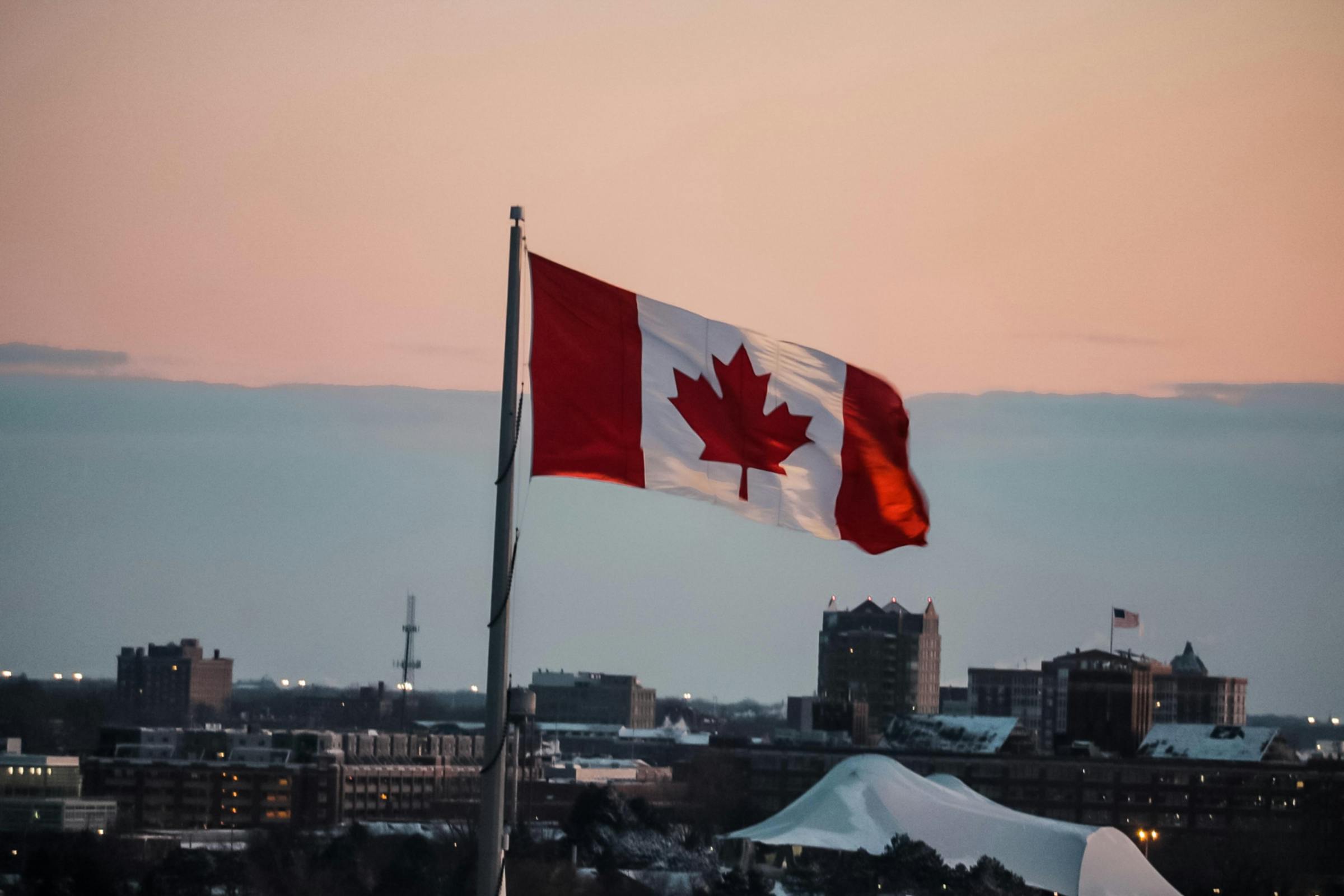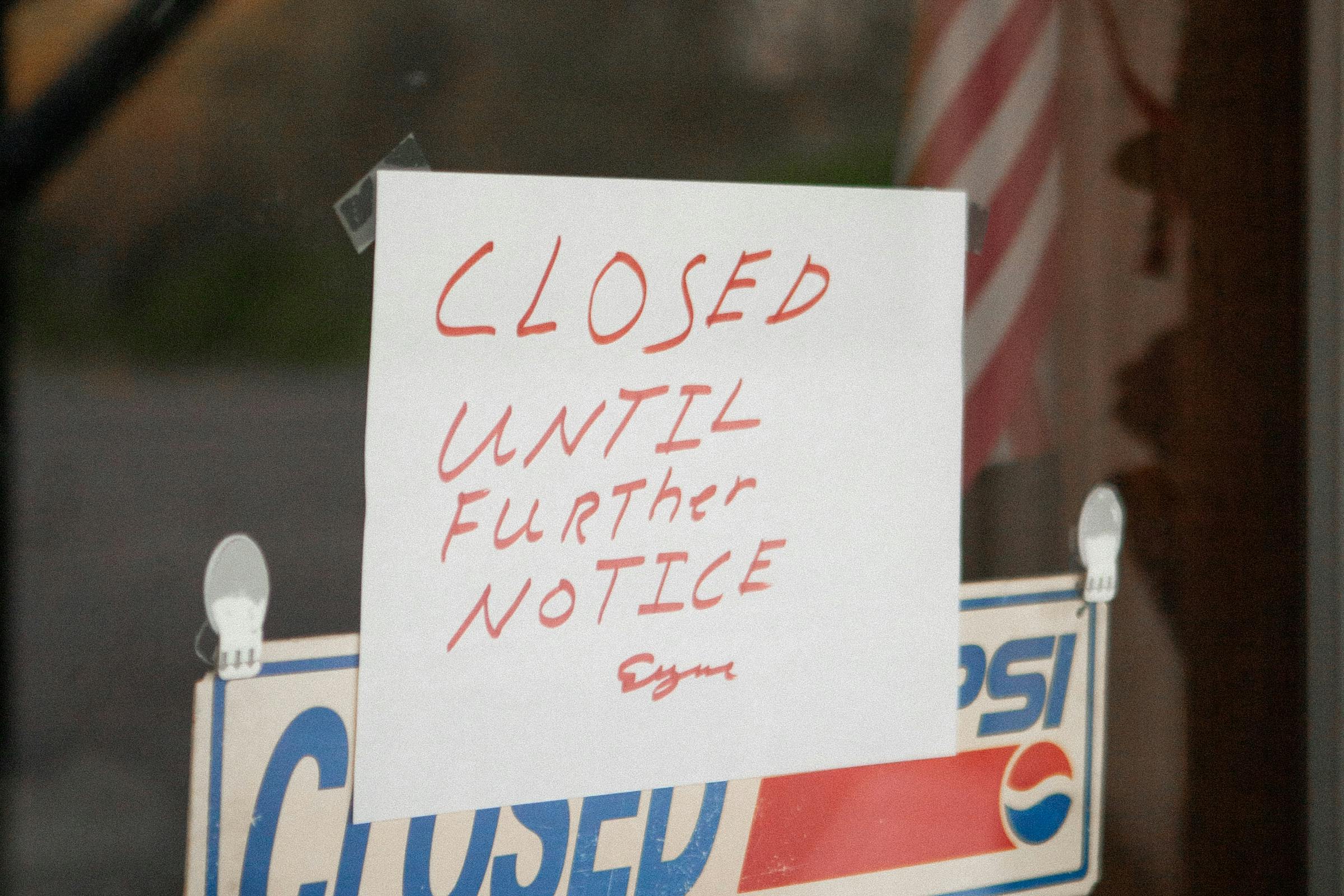Labor Shortages Abound
The United States isn’t the only country with serious problems filling vacant job openings. Whether the issue continues to be the fallout of a global pandemic, a political consequence, or one of various other reasons, many employers around the world are desperate to fill specialized and unspecialized positions.
In Canada, government officials recognize that the key to solving this problem lies in the country’s immigration policies. For years, lawmakers have worked to establish a stronger immigration system in which the rules and regulations change based on the country’s need, unlike the US, where policies have remained relatively unchanged since the H-1B visa’s implementation decades ago.
The goal of the new immigration system in Canada is to help foster growth by empowering businesses and addressing their labor requirements. This begins with the latest launch of the country’s flagship immigration system, Express Entry.
What is Express Entry?
The immigration system must be managed thoroughly, and Express Entry is the solution. This system allows for category-based selection. When there are potential permanent residents who have skills, abilities in language, or training that are in demand, the country can issue invitations to those individuals to apply for a visa.
Selection will vary depending on the labor shortage needs. Currently, invitations will be predominantly sent to those who speak French proficiently or those who work in coveted fields such as healthcare, STEM professions, in-demand trades (carpentry, contracting, plumbing, etc.), agriculture/agri-food, and transport.
This category-based selection ensures the available visas are still limited, yet most are given to professions that will best serve the nation. The focus on French-speaking individuals is a strategic step to allow French communities to continue to thrive, as Canada is a French and English-speaking nation.
How Express Entry is Affecting the World
In the United States, political reformation continues to remain at the center of immigration policies. Currently, the visa backlog continues to increase in many categories, immigration legislation is in the spotlight, and border security makes headlines almost daily.
But as the US continues to debate what to do about labor shortages and immigration, Canada’s population is on the rise, with most of the increase attributed to foreigners claiming asylum from the US border entry points. Proponents of border point asylum claim that immigration policies in the US aren’t safe for refugees. But in addition to these safety-seekers, many skilled workers are choosing Canada over the US because it continues to be increasingly difficult to obtain an H-1B visa through the lottery system and the backlog of visas in America.
Canada’s immigration policies, while already friendlier than the US, have now become employer-friendly, actively attempting to solve the labor shortage. International students have enrolled in Canadian schools more over the past few years than ever before, with registration in colleges and universities doubling. During the same period, enrollment decreased by 72% in the United States, largely in part due to political changes in immigration policies. Since work visas are unlimited in Canada, many students find employment in the country during their education and stay, applying for permanent residency.
What’s Next?
The US government recognizes this change, along with the substantial loss of skilled workers and top talented individuals to Canada due to the outdated immigration policies in America. These restrictive rules limit the number of work visas available and make it extremely challenging to obtain one successfully.
But as many people leave behind the idea of working in the US, others benefit from this change with less competition. Having other similar alternatives means the US finally has a reprieve to catch up with the visa backlog and adjust its policies to a friendlier system.
If your goal is to enter the US via an H-1B visa, working alongside a skilled immigration attorney like those at Visa2US increases your chances of success. Contact us today to discuss your options for obtaining a work visa in the US and propelling your career — and your life — forward.














